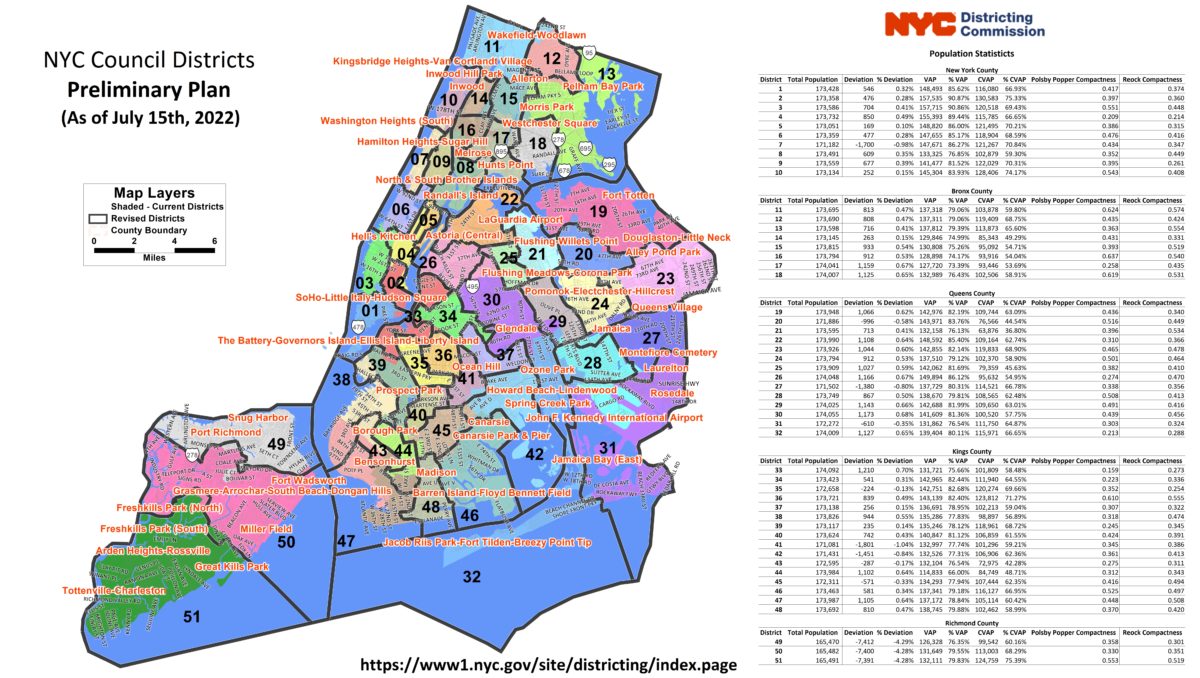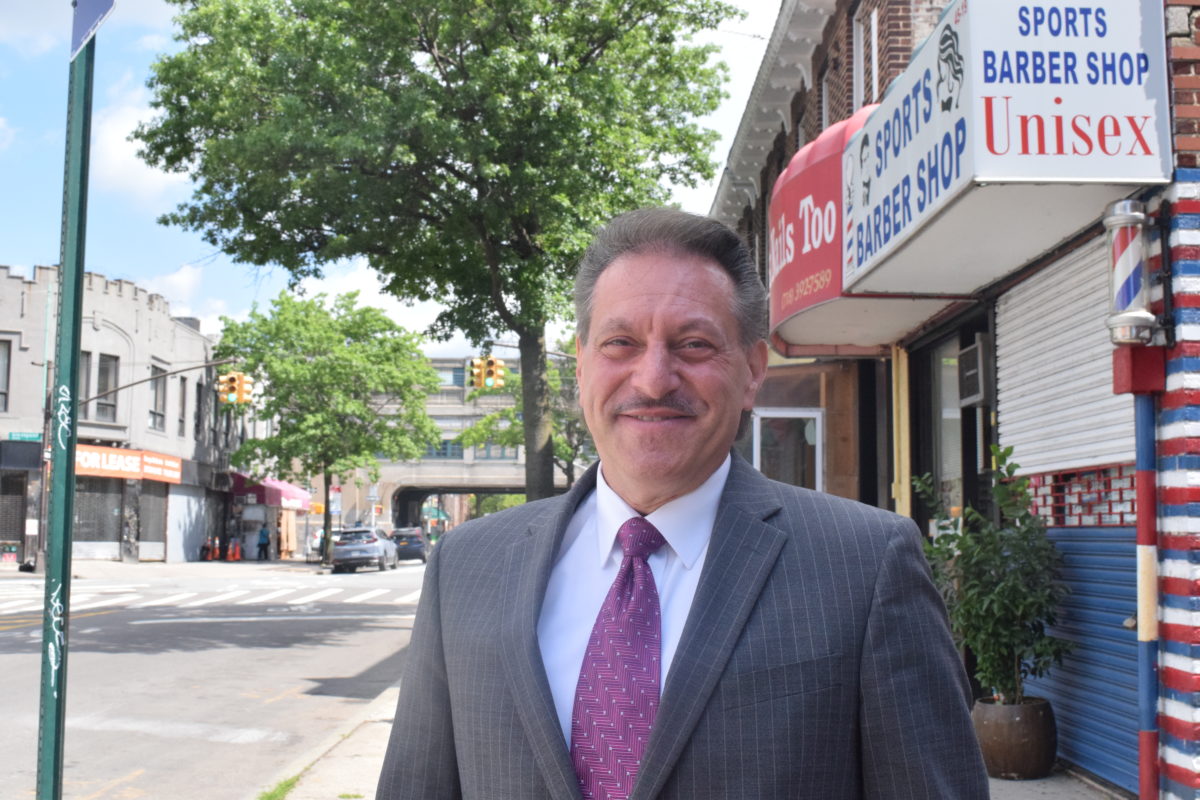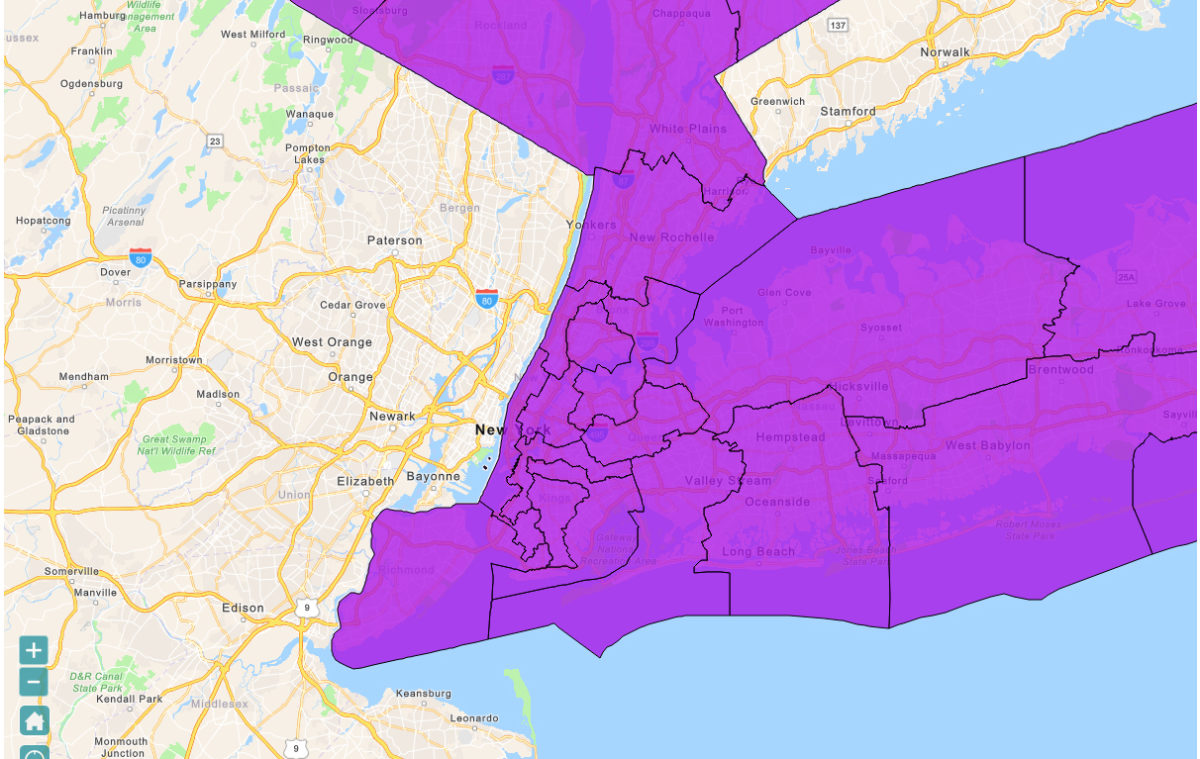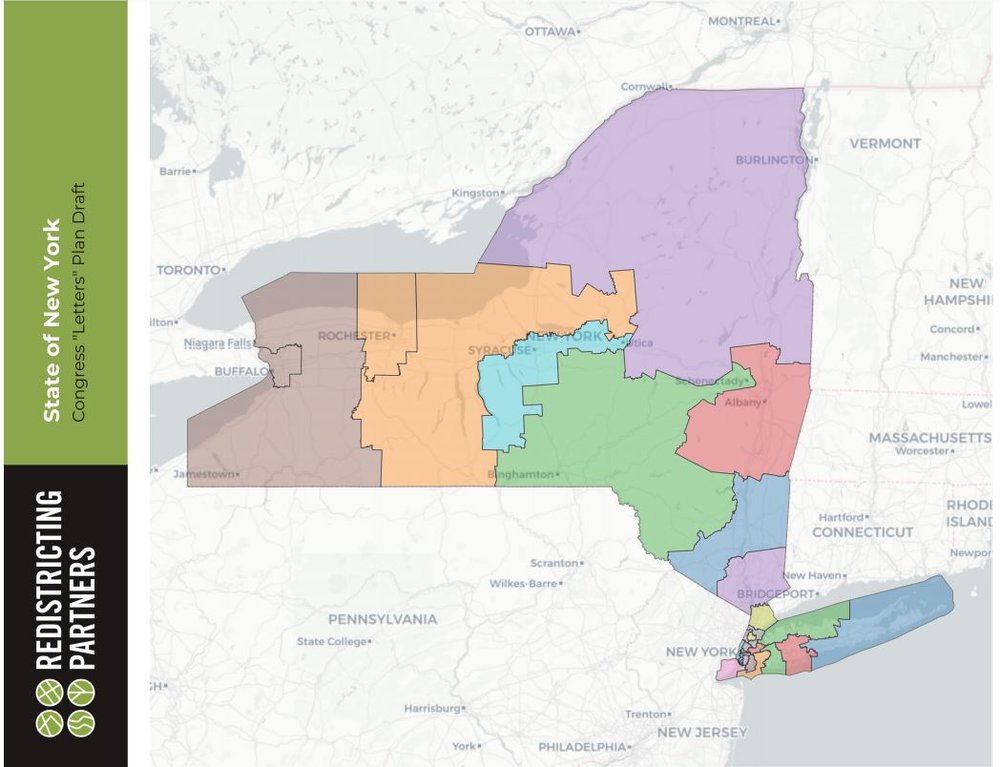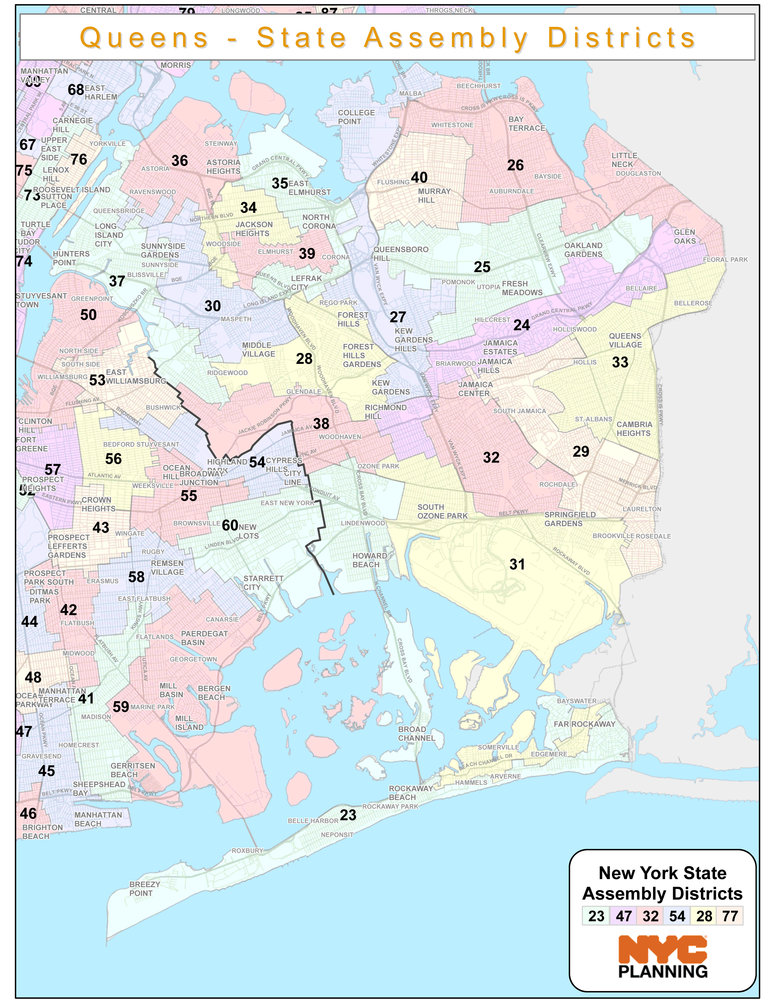Brooklyn, Queens Pols sound off on redistricting
The New York City Districting Commission released its preliminary maps for the 51 city council districts across the five boroughs—and not everyone is happy about it.
Federal law requires that the city to redraw council boundaries every ten years to account for population changes in the U.S. Census. From 2010 to 2020, the population of New York City has grown from 8.2 million to 8.8 million. To reflect the increase, the new plan would raise the average number of residents per district from 160,710 to 172,882.
One major change to the maps focuses on the Asian population within Brooklyn – and throughout the city – which has increased heavily since 2010. Census data shows that Kings County has welcomed 100,000 more Asian residents in the last ten years, making it the fastest-growing racial group in the borough.
The Asian majority district would be a redrawn version of the 43rd council district, currently represented by Justin Brannan. Current boundaries stretch from Fort Hamilton and Bay Ridge to Dyker Heights and Bath Beach. The proposed district consists of different swaths of Sunset Park, Bensonhurst, and Dyker Heights taking chunks of the current districts from Councilwoman Alexa Avilés, Councilman Justin Brannan, and Councilman Ari Kagan.
As a result, Justin Brannan’s hometown of Bay Ridge would shift into the Sunset Park and Red Hook-based district currently represented by Alexa Avilés. Meanwhile, Red Hook would move into the district represented by Shahana Hanif, as part of the redistricting.
Neither pol is a fan of the plan.
“It is perplexing that the creation of an AAPI-majority seat in southern Brooklyn would lead to the dissolution and division of Red Hook, Sunset Park – in addition to Dyker Heights – and it is certainly not necessary,” a joint statement from Brannan and Avilés reads. “By combining our current districts 38 and 43, you are dividing our district and further diluting the power we have to advocate for our community-specific, shared needs and goals.”
Brannan and Aviles also questioned the decision to create an asian majority district by eliminating the 38th – which was created to bolster Hispanic representation.
“We look forward to seeing future proposals, because this ain’t it,” the statement continues.
The Districting Commission’s preliminary lines could potentially impact communities in Queens too, where elected officials are concerned that the new lines could potentially cut out portions of existing Black enclaves.
Councilwoman Selvena Brooks-Powers said that based on the preliminary maps, the new lines would cut remove portions of Springfield Gardens and institutions like the Robert Couche Senior Center out of the district.
“Council District 31 residents are a unique mosaic of ethnic communities that share similar values, a major economic driver – the JFK International Airport – and are racially and ethnically cohesive, and should stay that way,” Brooks-Powers said in a statement. “History has shown that redrawing the lines in this way will dilute Council District 31’s voting power and misalign the community’s collective voice.”
Brooks-Powers added that she feels strongly that the Rockaway community remain as it exists and not be adjusted.
“The current Peninsula representation includes a vibrant Jewish community, several NYCHA developments, Arverne by the Sea, and everything in between,” she added. “There is no need to disrupt the Peninsula representation. I appreciate all of the work the Commissioners have invested to date and look forward to further engagement around the future of Council District 31.”
The commission will be holding an additional set of public hearing across the five boroughs for residents to voice their concerns. The hearings are currently scheduled for Aug. 15, 16, 17, 18 and 22.



